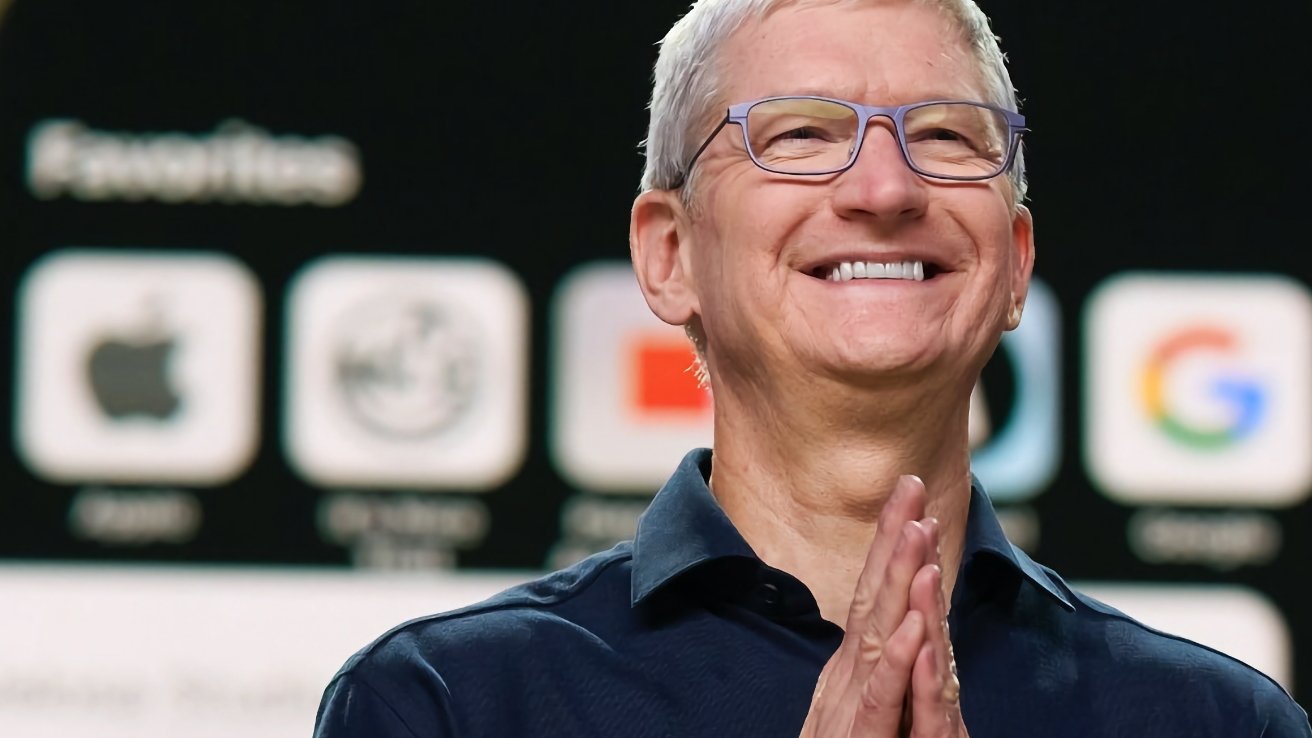Linux kernel graphics drivers have been growing too much in size that they are taking too long to load at boot time for quickly lighting up the display to present the nice Plymouth boot splash experience. This has led to situations of the Plymouth boot splash screen falling back to its simple text-based interface after timing out. As a workaround, Fedora 42 is looking to use the generic “SimpleDRM” driver during this initial boot splash screen experience to initially avoid the bulky DRM drivers.
Hans de Goede of Red Hat has filed a change proposal for Fedora 42 to use SimpleDRM by default for the Plymouth boot splash screen. The change proposal notes:
“Make plymouth use the simpledrm kernel mode setting (kms) device by default instead of waiting for the GPU driver to initialize.
…
GPU drivers can take a long time to load and probe all the connectors on some machines, causing plymouth to time out after waiting 8 seconds and fall back to the ugly text splashscreen instead.
…
On UEFI systems this will improve the boot experience in 2 ways:1. This avoids the textmode fallback if the GPU driver takes a long time to initialize.
2. This shows the splash earlier instead of letting the user look at a static screen”
The downside though to using SimpleDRM during the Plymouth boot splash experience is that there may be differences in HiDPI/scaling and on old UEFI systems it may not use the native mode resolution but rather 800×600 or 1024×768. But at least it works around large GPU kernel drivers taking too long to load during the early boot phase… SimpleDRM is a simple and generic frame-buffer driver for the Direct Rendering Manager interfaces and relying on the EFI/VESA platform-provided frame-buffers. This change proposal doesn’t affect the DRM driver use once reaching the actual Fedora Linux desktop.
See the Fedora Wiki for all the details on this proposed change around using SimpleDRM for the Plymouth boot splash screen.










